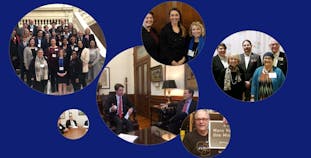Advance Online

Advance Online
Timeline: Modern Advocacy Efforts of NPF
A look at the evolution of working for access to care and treatment for people with psoriatic disease.

A look at the evolution of working for access to care and treatment for people with psoriatic disease.
We use cookies to offer you a better experience and analyze our site traffic. By continuing to use this website, you consent to the use of cookies in accordance with our Privacy Policy.